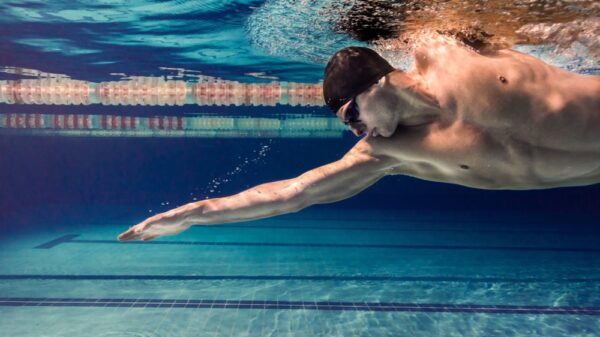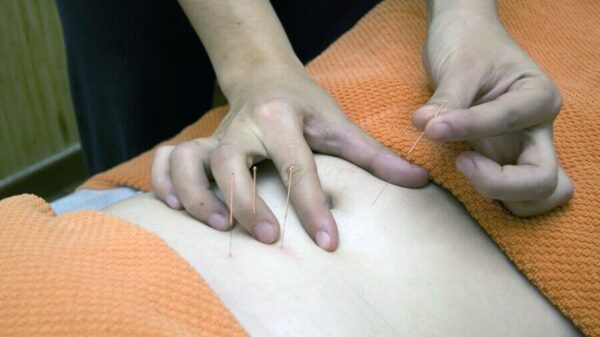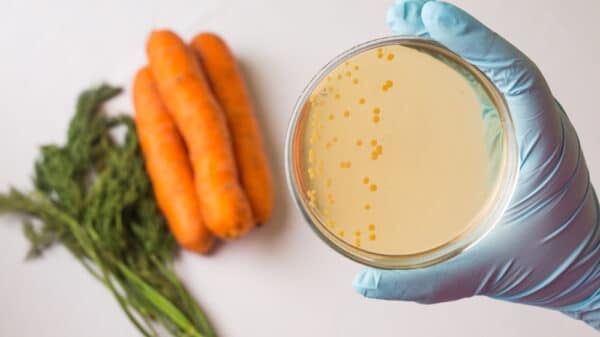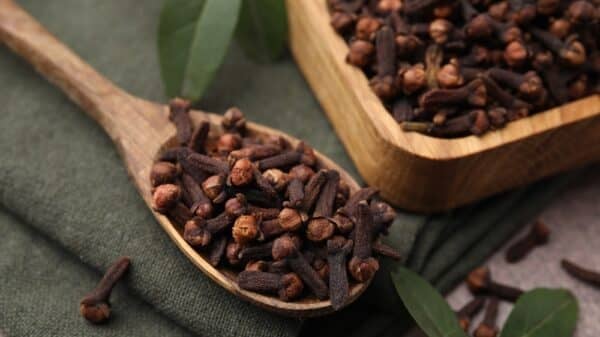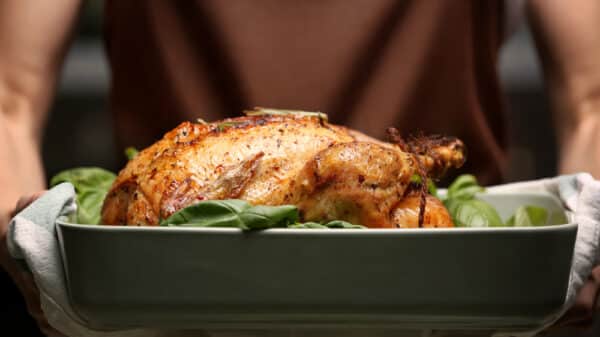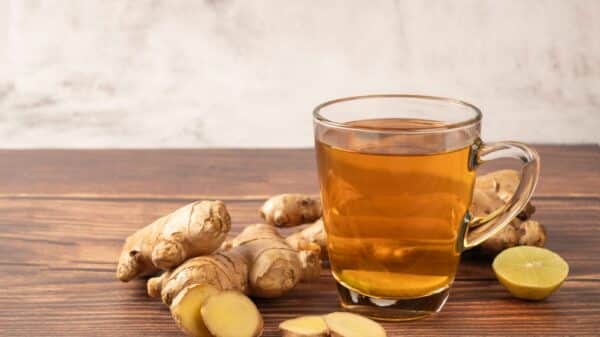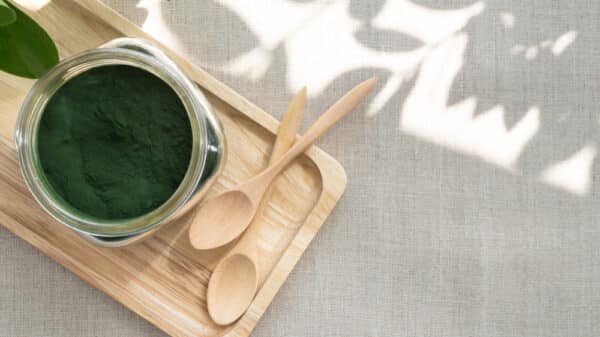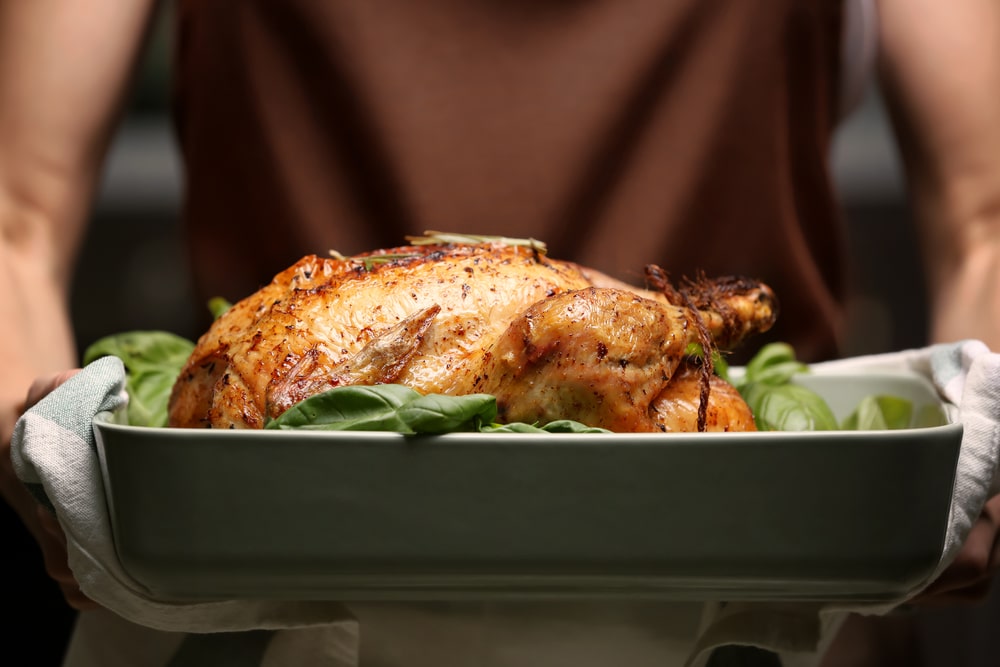If you visit any food blog or culinary website between October and December, one topic is bound to dominate: the art of brining a turkey. Discussions often revolve around when to begin the brining process, the quantity of brine required, and the debate between wet and dry brining methods. This might well be one of the most contentious subjects in culinary circles, much like one’s individual fingerprint. If you’re new to brining, welcome! Don’t stress – I’m here to guide you through everything you need to know about preparing turkey brine. Consider me your brine mentor.
What is brining?
Brining is a seasoning technique that essentially creates a salt bath for your poultry. A brine can consist of just salt and water, or it can include sugar, spices, and other aromatic ingredients, such as garlic or herbs. Some brines are prepared two to three days ahead of cooking, while others can be done just overnight. By immersing the turkey in this flavorful mixture for an appropriate duration, the skin and meat can soak up those flavors, resulting in the juicy turkey that’s so cherished at holiday feasts.
What does brining do?
A brine serves two main purposes in cooking: adding flavor and moisture. Both of these elements can easily be diminished when a turkey is roasted for a prolonged period, which typically takes about three hours for a 12-pound bird (the standard guideline is approximately 13 minutes per pound at 350°F). That lengthy exposure to heat can strip the skin and outer layers of moisture, leading to a dry holiday turkey, which is certainly disappointing. However, additional factors contribute as well; a turkey’s extensive surface area includes many hard-to-reach sections. With a brine—whether the turkey is submerged or coated—you ensure that every part is well-seasoned.
Moreover, salt plays a vital role in the Maillard reaction. This is the process responsible for giving your cookies their delightful golden color and creating crispy skin on the turkey. Without salt, which is hygroscopic—meaning it draws moisture out—proteins in the turkey skin wouldn’t denature, or break down appropriately, preventing that perfect golden-brown outcome.
Is a wet or dry brine better?
This is where opinions diverge. A wet brine requires more preparation time since it involves soaking. Some argue that wet brining is counterproductive because it’s preferable to begin with a dry piece of meat, as this supports the Maillard reaction. You’ll often encounter advice to “pat the meat dry” in various recipes due to this.
Conversely, some believe that a dry brine lacks effectiveness since it’s more challenging to apply a salt rub thoroughly compared to a liquid brine. However, due to its direct contact with the seasoning, which is undiluted by water, some argue that dry brining is superior. It also creates less mess (the leftover wet brine has to be disposed of) and occupies significantly less space; where a dry-brined turkey can simply rest on a rack in the fridge, a wet-brined one needs a large container, like a pot, and refrigeration. In short, it’s a personal preference, and there’s no judgment here.
Do I need to brine?
You certainly don’t have to. The joy of preparing Thanksgiving dinner is that you can do so in your own style, and if something doesn’t suit you, it’s completely fine to forgo it. Nevertheless, you do want to retain moisture during cooking. Here are some alternatives:
- Invest in a meat thermometer. Knowing the precise cooking temperature (165°F) decreases the chances of overcooking, which can lead to dryness.
- Cover the turkey with foil. This traps moisture and helps it remain where it’s needed. A foil tent creates a small microclimate of moisture, much like how clouds function, allowing moisture to drip back onto the turkey.
- Experiment with a butter rub. When in doubt, use fat for insulation. Just like you would with a steak, incorporating a layer of fat keeps the turkey juicy and adds flavor.
- Keep the center cavity unfilled. While many photos showcase a turkey filled with garnishes, having a full cavity hinders cooking time because oven air can’t circulate within the bird, thereby extending your cooking duration. There’s also a risk that whatever is placed inside might not cook thoroughly, posing potential food safety risks. You can always add pre-cooked items after the turkey has finished cooking.
Image Source: Africa Studio / Shutterstock









